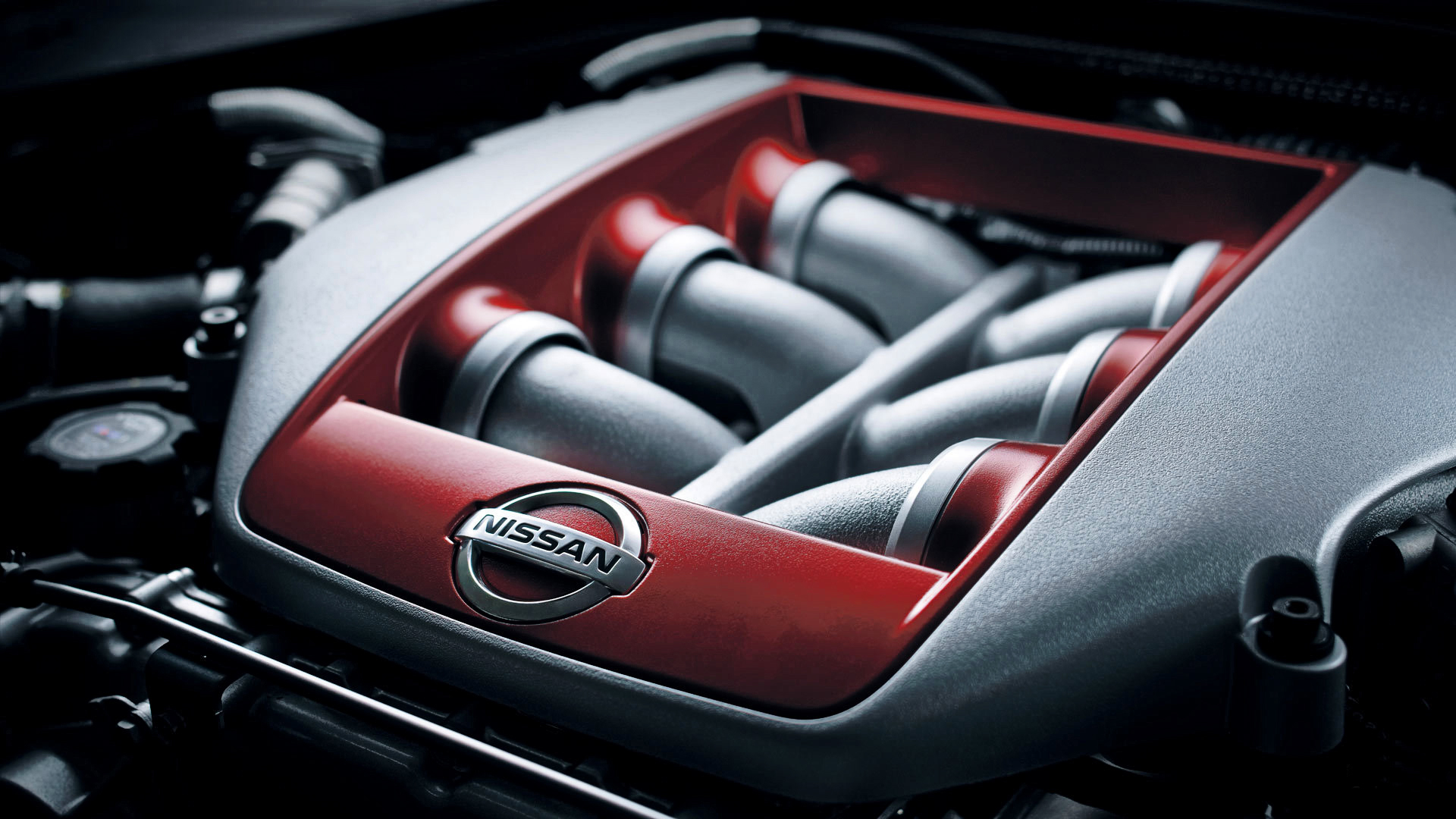What is engine break-in and why is it important?
You just bought a brand new car fresh out of the factory with few to almost zero miles on the odometer. As expected you are really excited, and the moment you take it out of the showroom you just want to drive it fast and hear how the engine sounds like at high RPM. But should you really do that?
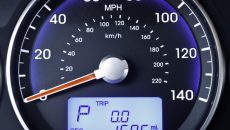 For starters, the cars we drive are actually made up of thousands of components mashed and bolted together in order to make the car do what it’s supposed to do. When you buy a brand new car then, in reality, every component used in the making of that is theoretically in the newest forum it will ever be. Since these components are new that means they aren’t really used to working in ideal conditions. Notice how I mentioned a few miles on the odo despite being a brand new car? Well, the thing is in order to make sure each and every component of the car is working the auto assemblers properly check the vehicle before handing it over to the customer themselves. But that doesn’t guarantee proper working of the engine. That is where the customer has to make sure each component of the engine settles down and adjusts according to its ideal working condition. This is done by driving the car a recommended number of miles. Though the company already puts a small number of miles on the vehicle, however, that’s only to test if there are any kind of mechanical faults so that the car doesn’t break down instantly, but the rest of the job is customer’s headache. This means not revving the car up to a certain RPM and not crossing a specific speed limit. But why?
For starters, the cars we drive are actually made up of thousands of components mashed and bolted together in order to make the car do what it’s supposed to do. When you buy a brand new car then, in reality, every component used in the making of that is theoretically in the newest forum it will ever be. Since these components are new that means they aren’t really used to working in ideal conditions. Notice how I mentioned a few miles on the odo despite being a brand new car? Well, the thing is in order to make sure each and every component of the car is working the auto assemblers properly check the vehicle before handing it over to the customer themselves. But that doesn’t guarantee proper working of the engine. That is where the customer has to make sure each component of the engine settles down and adjusts according to its ideal working condition. This is done by driving the car a recommended number of miles. Though the company already puts a small number of miles on the vehicle, however, that’s only to test if there are any kind of mechanical faults so that the car doesn’t break down instantly, but the rest of the job is customer’s headache. This means not revving the car up to a certain RPM and not crossing a specific speed limit. But why?
Running of the car/engine, also known as breaking in, means the gentle settling down of parts into their best possible position through tolerance. Engine break-in specifically applies on piston rings which need to inlay properly into the cylinder walls. Obviously, it takes time since the cylinder wall is not perfectly smooth but has a deliberate slight roughness to help oil adhesion.
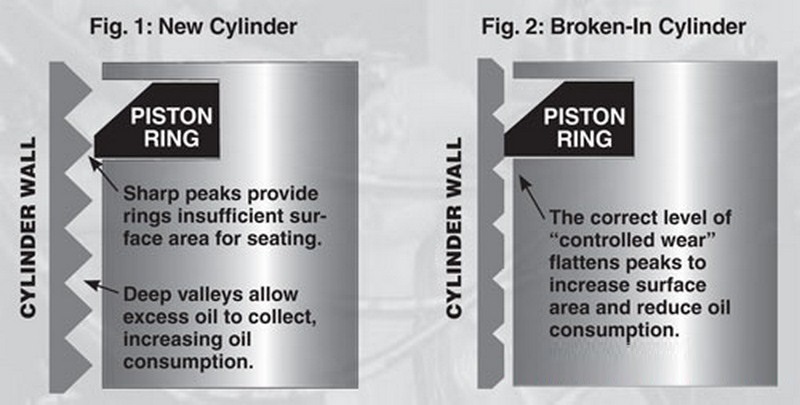
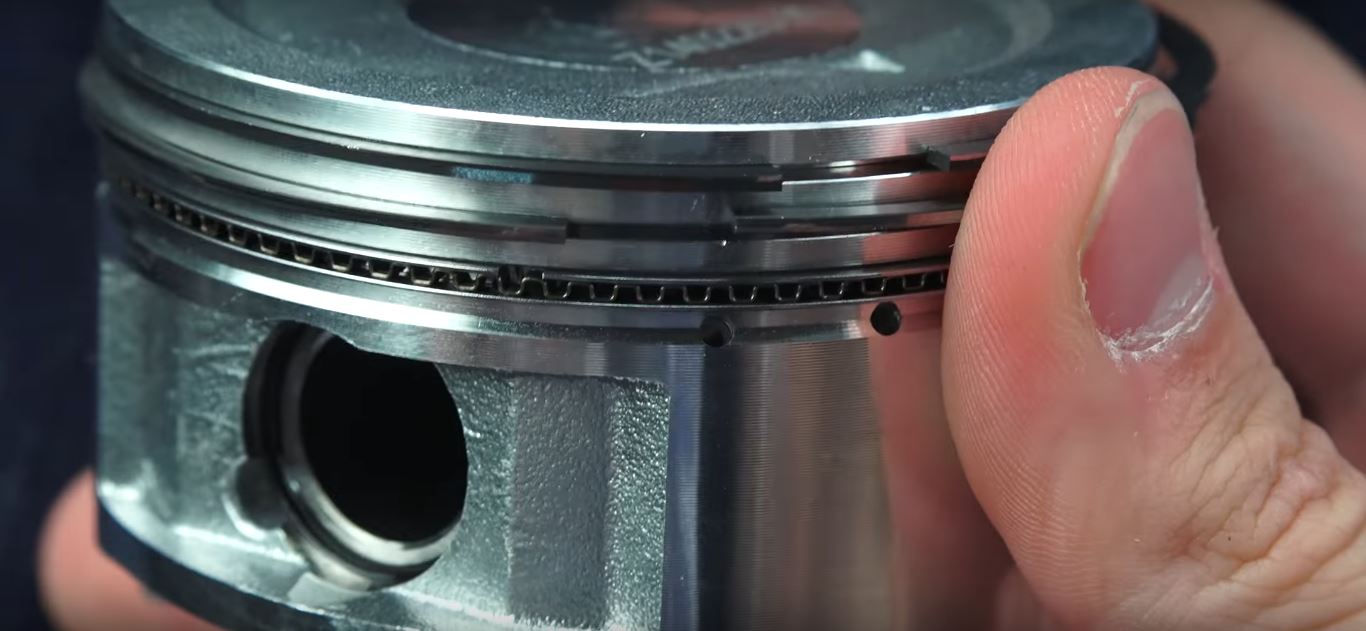
If you happen to read the user manual then company suggests driving first 1000 to 2000 km (depending upon a car) very gently with speeds usually not crossing 80 km/h and RPM under 4000. But does that mean you can’t floor it if needed? The answer is both yes and no. Suppose you have been driving your almost zero meter car on the highway for a while and the car engine is perfectly warm. You can go ahead and floor it a bit, and the car will take the added load. But what if you just started up your car cold and take it on the highway keeping in mind that the engine is not warm enough? Then simply it’s not a very good idea to floor it, and you should better continue driving gently.
Buy engine oils and other car fluids here!
Before you might think you perfectly know how to break in an engine, you might need to know a bit more. Engine break-in is not all about just gently driving the car always. There are a few more things you need to know also. During the first 1000 km try accelerating the vehicle more in high gears such as 4th and 5th while being light-footed in the lower gears. Meaning that simply put varying load on the car while driving on the highway rather than being consistent all time as contrary to popular belief. Though at the same time make sure you don’t put too much load on the car. Like driving the car at 40 km/h in 5th gear or driving the car at 40 km/h in 1st gear. Either of which is not healthy for the engine.
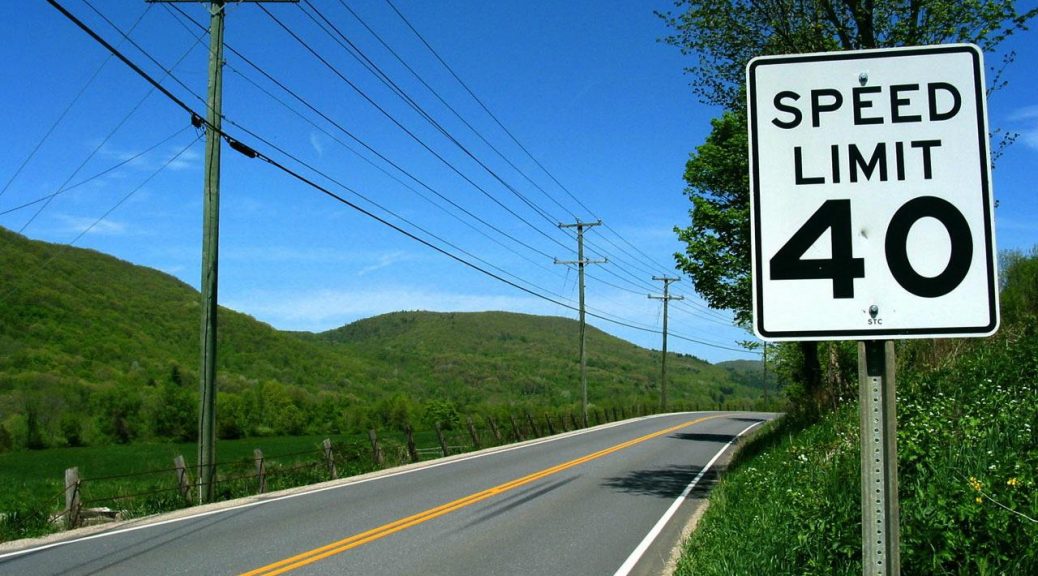
To put all the information in simple words, any kind of hard or fast driving should be done only when the engine is warm enough (optimal operating temperature) even if your car has completed the running. Mechanical components perform their best at when they are warm and since newer engines have yet to settle down, so it’s very risky to do any kind of hard or fast driving without warming the engine. Since we are on the topic of warming the engine, idling a car before you actually drive away never really warms up the engine. By pressing the pedal, you are just using the fuel to keep it running along with increasing the wear since the engine is running cold. Now you might find theory on the internet that you should race the engine more often in order to break in, but that is again a terrible idea. As mention before, whenever you want to race the engine, make sure the engine is at its best operating temperature. It ensures that fluids are flowing properly into the engine parts.

Once you have followed the above cautions along with your car having complete somewhat 1500-ish miles. Rest assure that the cylinder walls have been calibrated and you need not to worry about your car’s engine anymore. Now you can feel free to go at high speeds and rev the engine above past 4K RPM. Since road cars are made differently than sports cars, so it is a good idea to be gentle with them at the start. Don’t get me wrong, the latest cars are less painful to live with, and in reality, they can take much more beating than the cars of the older generation but still, caution is important, and there are cases where people had to get the entire engine replaced in the early days of buying their car.
If you still have confusion, you can always refer to your car’s owner’s manual. Let us know your thoughts in the comments section below.

